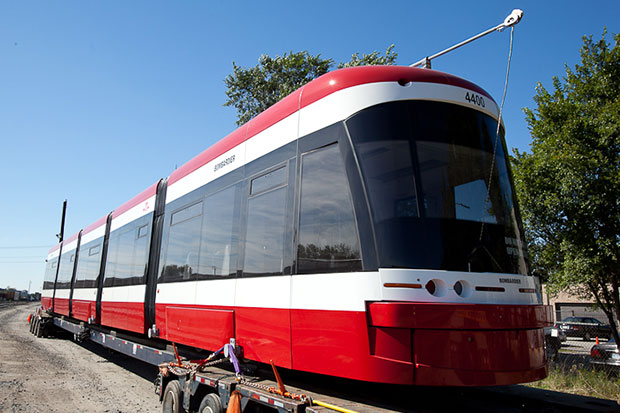TORONTO ― Ontario is building a modern, reliable and sustainable transit system for the 21st century that will get people moving, reduce congestion, and drive economic growth and job creation. Today, Bill 171, the Building Transit Faster Act, 2020, was passed into law. “Getting more transit built faster will help reduce gridlock, deliver a modern rapid transit system for the province and become a major contributor to our economic recovery,” said Premier Doug Ford. “These four priority transit projects will create thousands of jobs, provide more housing options for people, and open up countless opportunities for businesses throughout the Greater Toronto Area and beyond.”
The legislation enables the province to expedite the process of building Ontario’s four priority transit projects, which will get people to where they want to go, reduce congestion, and drive economic growth and job creation. The projects include the all-new Ontario Line, the Yonge North Subway Extension to Markham and Richmond Hill, the improved three-stop Scarborough Subway Extension, and the Eglinton Crosstown West Extension to Pearson airport.
“During consultations and throughout the debate, we heard a common theme from a wide range of people who reinforced how important it is to not only build transit quickly but to also get it right,” said Caroline Mulroney, Minister of Transportation. “That is why we’ve focused solely on eliminating the roadblocks that cause unnecessary delays, so we can deliver these major transit projects as quickly and cost-effectively as possible.”
This legislation supports Premier Ford’s “New Subway Transit Plan for the GTA” ― representing the largest subway expansion in Canadian history. The Act will expedite the planning, design and construction process for the four priority subway projects by:
- Enabling relocation of utilities more efficiently, while treating businesses fairly, and ensuring costs are not passed on to consumers;
- Better enabling the assembly of land required to construct stations, conduct tunneling and prepare sites, while treating property owners fairly;
- Ensuring timely access to municipal services and rights-of-way;
- Allowing the province to conduct due diligence work and remove physical barriers with appropriate notification to property owners; and,
- Ensuring nearby developments or construction projects are coordinated so they do not cause delays.
“Now that legislation has passed, we continue to call on the federal government to come to the table and fund at least 40 per cent of these nationally-significant subway projects that will provide a modern, efficient rapid transit system, benefiting all transit riders and taxpayers,” said Kinga Surma, Associate Minister of Transportation (GTA). “With the passage of this bill, we can get shovels in the ground sooner and get skilled people back to work as we restart the economy and recover from COVID-19.”
“The passage of this legislation gets us closer to building much-needed transit infrastructure to reduce congestion and contribute to the economic recovery and renewal of our province,” said Laurie Scott, Minister of Infrastructure. “We are committed to fulfilling our promise to get people where they want to go when they want to get there.”
Working together with its municipal and federal partners on priority transit projects, the government is building a world-class rapid transit system and developing transit-oriented communities with a greater variety of affordable housing options.
The decision could have a positive impact on the City of Thunder Bay and Bombardier where most of the rail vehicles for southern Ontario transit are built.
QUICK FACTS
|







